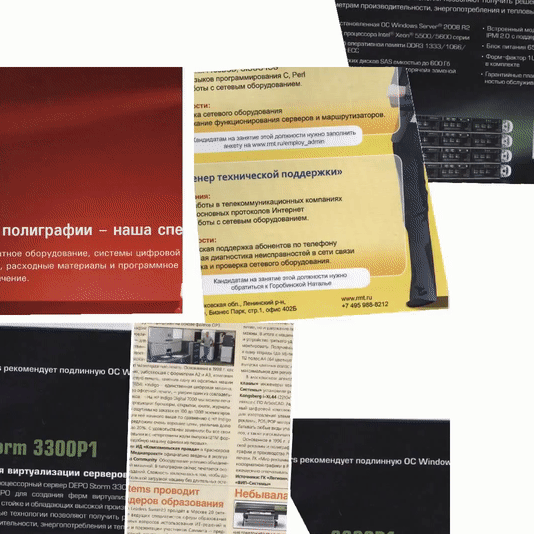Revolutionizing Digital Art: Researchers at Seoul National University Introduce a Novel Approach to Collage Creation Using Reinforcement Learning
Artistic collage creation, a field deeply intertwined with human artistry, has sparked interest in artificial intelligence (AI). The challenge arises from the need to move beyond mere collage imitations generated by existing AI tools like DALL-E and StableDiffusion. Researchers at Seoul National University have embarked on a mission to train an AI agent capable of autonomously creating genuine collages, replicating the intricate steps followed by human artists.
Existing AI tools can generate collage-like images, but they need the authenticity of the true collage-creation process. Seoul National University’s research team has introduced a pioneering method that leverages reinforcement learning (RL) to train an AI agent in crafting ‘real collages.’ Unlike pixel-based methods, this approach involves tearing and pasting materials to replicate renowned artworks and other images. The researchers have stepped away from the limitations of existing tools, delving into RL to impart the AI agent with the ability to understand and execute the nuanced steps of creating collages.
The researcher’s methodology involves training the RL model to interact with a canvas, making decisions at each step of the collage creation process. The agent, fed randomly assigned images during training, learns to adapt to any target or material in later stages. Through diverse cut-and-paste options, the RL agent experiments with materials to determine which produces collages resembling the target images. The reward system evolves over time, primarily enhancing the similarity between the agent-made collage and the target image.
One crucial aspect is developing a differentiable collaging environment, enabling the application of model-based RL. This environment allows the agent to track the collage creation process dynamics easily. The team’s model showcases an ability to generalize well across various images and scenarios. The architecture stands out for its autonomy, as it doesn’t require college samples or demonstration data, emphasizing the potent data-free learning domain offered by RL.
Evaluation involves both user studies and a CLIP-based assessment. The results indicate superior performance compared to other pixel-based generation models. The approach represents a significant leap toward AI-generated collages that resemble human artistry and creativity.
In conclusion, Seoul National University’s research team has successfully tackled the challenge of training an AI agent for genuine collage creation using reinforcement learning. Their innovative model, stepping beyond existing pixel-based methods, demonstrates the potential of RL in enabling an agent to autonomously learn and execute the intricate steps involved in creating authentic collages. The approach, validated through user studies and objective evaluations, marks a substantial advancement in AI-generated art that mirrors the depth of human artistry. This breakthrough opens new avenues for AI in artistic creation, promising a future where machines contribute meaningfully to the world of visual arts.
Check out the Paper and Code. All credit for this research goes to the researchers of this project. Also, don’t forget to join our 33k+ ML SubReddit, 41k+ Facebook Community, Discord Channel, and Email Newsletter, where we share the latest AI research news, cool AI projects, and more.
If you like our work, you will love our newsletter..
![]()
Madhur Garg is a consulting intern at MarktechPost. He is currently pursuing his B.Tech in Civil and Environmental Engineering from the Indian Institute of Technology (IIT), Patna. He shares a strong passion for Machine Learning and enjoys exploring the latest advancements in technologies and their practical applications. With a keen interest in artificial intelligence and its diverse applications, Madhur is determined to contribute to the field of Data Science and leverage its potential impact in various industries.
Credit: Source link


Comments are closed.